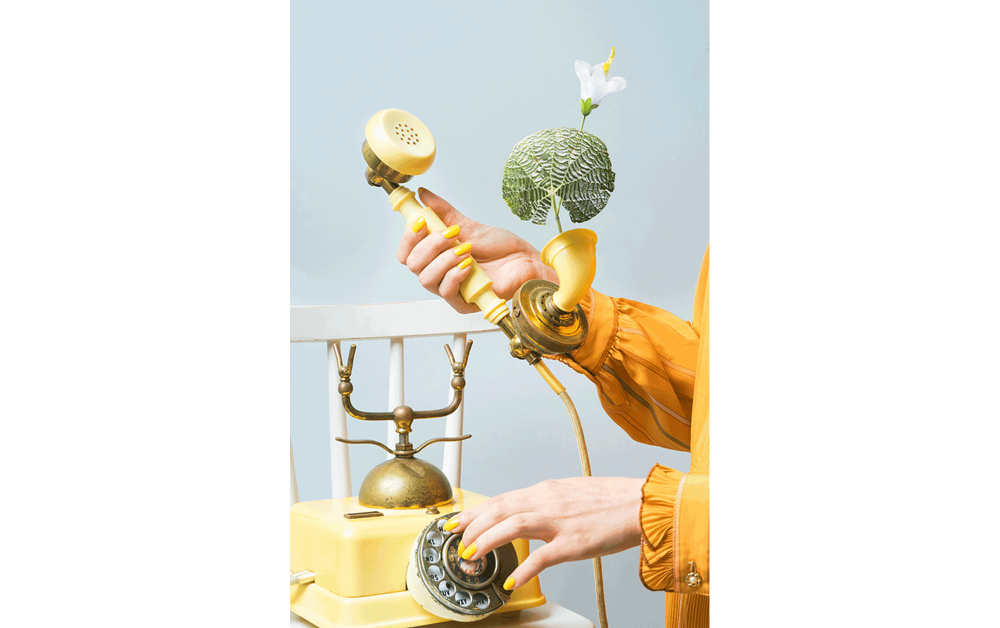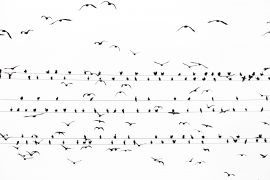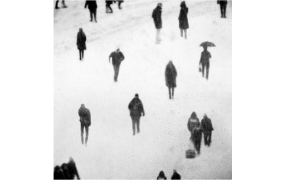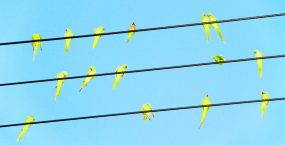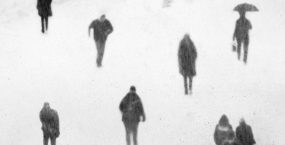Through her many journeys to foreign lands, Harumi Shimizu has been capturing the lives, the culture and the history of the people in these unfamiliar places and has thus reconstructed new narratives through her photographs. As she keeps traveling, she has also been pushing her boundaries of expression through her peculiar still lives of extraordinary objects. As an extension to these previous explorations, this series unfolds itself from one ancient book known as the “Voynich Manuscript”.
This book, of which the title or the author still remains a mystery, illustrates strange plants and astronomical charts along with an indecipherable script. Shimizu recreates these fantastical organisms by processing images of existing flowers and plants and make them seem as if they existed in our reality.
Maybe, in this world somewhere, beyond our knowledge, there exists a parallel world that we know nothing of – Through these photographs, in which the reality and the fiction are intertwined meticulously, we hope they will allow your imagination to bloom in its many forms.
—–
“The plants in the Voynich Manuscript”
In 1912, an American antiquarian, Wilfrid Voynich, discovers one ancient manuscript in an Italian monastery. This simple book seemed to have lost its original cover and its title and author remain unknown to this day. Yet within its pages, was found a series of unfamiliar characters composing an enigmatic text, accompanied by numerous illustrations. After its appearance to the public, many, such as the philologists from around the world, have attempted to decipher this book, introducing various theories including its possibilities as a cryptograph, an artificial language, some sort of archaism or alchemy, or simply as a nonsensical piece of text. Through research, it has been deducted that it was written around the 15th ~ 16th century and that the letters are arranged based on a specific system, however, no one has been able to understand the entire text.
In association with its founder, this book known as the “Voynich Manuscript”, is separated into different sections about botany, astrology, biology, astronomy and herbology from which the pages on the botanical studies take up about half of the 240 pages of the manuscript that have been uncovered. Each plant is described through intricate illustrations, with a seemingly elaborate text, however, none of their existences could be confirmed based on the resources from a similar time period. Who, and for what purpose, spent his or her time depicting all these imaginary subjects in such detail?
For this series, I have composed photographs by editing the images of existing plants and recreated these unfamiliar subjects based on the illustrations from this book and slipped them into different situations from the present reality. With no doubt, it is obvious that these are composite photographs. Unrealistic combinations and shapes of flowers and leaves with uncanny roots. However, each detail still is reminiscent of their pre-existing characteristics that we are familiar with. Within this world of apparently three hundred thousand plants, even the existing seeds are slowly changing by power of nature or of science, and we cannot deny the possibility that such plants as those in the manuscript, has never existed in the past nor that it will never appear in the future.
By expanding the range of time and space, the border between the imagination and the reality becomes uncertain. Although these photographs are obviously unreal, maybe the reality has flipped over in places we are not yet aware of. And maybe there is no harm in being able to accept this sort of trivial imagination.
The contents of this “Voynich Manuscript” may remain pseudoscientific even if it is one day, completely decoded. It may not receive the academic attention it deserves based on the effort and the work that people have put into it. Yet, at any given time, there always have been people who enjoy spending their time and wealth for these kinds of studies that hover between fiction and science. The deciphering has probably been taken very seriously, yet, at the root of all the potential discovery, I imagine that there is pure enjoyment from the part of the researchers that does not necessitate any need for reward or efficiency. The Romain emperor who paid too much money to get this book in the 16th century, or the noble priest from the 17th century who was asked to decipher this book by his friend, or the genius of decoding who has attempted to take on this project as an organization along with his army duties or all those people, named or unnamed, who access this public online data in our 21st century; regardless of the time they live in, all seem to be somehow enchanted by a similar intention.
―Harumi Shimizu
| Title | 「The plants in the Voynich Manuscript」 |
|---|---|
| Dates | Thursday 1 August, 2019 – Saturday 31 August, 2019 |
| Site | IMA gallery(Tokyo) |
| Time | 11:00 – 19:00 |
| Closed | Sundays and National Holidays |
| Price | Free |
| Event | Thursday 1 August 19:00〜21:00: Opening Reception |





